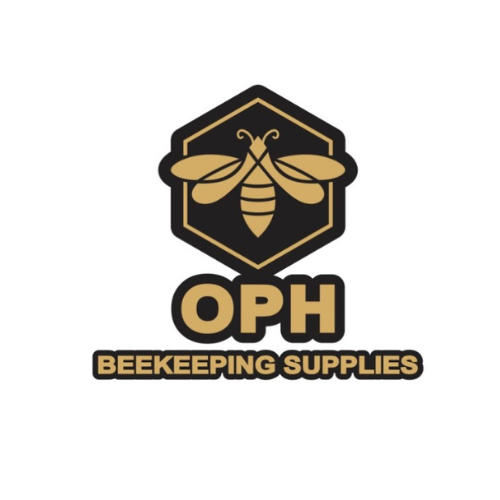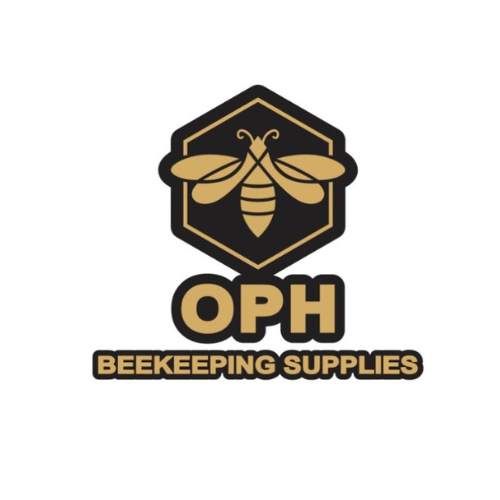What is a queen rearing grafting frame?
Our 9 1/8″ queen cell bar frame is the perfect choice for rearing your own queens. Made of sturdy pine and featuring three removable, JZBZ bars, this frame allows for easily attaching wax queen cell cups and grafting queens. With secure attachment of cell cups vital to successful grafting, we recommend utilizing melted beeswax and a turkey baster for added support. Ideal for use with our JZBZ Queen Cell Cups and our 4 Frame Nuc Kit, you can be confident that your queen rearing needs are met with this product.
Save money in beekeeping by raising your own queens. This queen rearing grafting frame is made to use with JZBZ cell bars which are included. Queen cell cups are sold seperately you can find them here: JZ/BZ Queen Cell Cups | Plastic
Raising Queens
Raise your own Queen Bee with larvae under 24 hours of age for optimal success. Queen cells are carefully built by honey bee colonies on the edges and surface of the comb and feature a near vertical, peanut-shaped beeswax cell with an opening facing downwards. Natural impulses can stimulate the building of queen cells for a successful queen rearing experience.
Raise superior queens with our proven methods: ample nectar & pollen, quality drones & colonies, and carefully selected queen mothers, all to promote excellent honey production, gentle temperaments, and disease resistance. Raising queen bees is a complex process involving several stages. Through establishing starter and cell building colonies, grafting honey bee larvae, and transferring mature queen cells to honey bee nucleus colonies, successful queen breeding is achievable. Utilizing the right techniques and equipment, queen bee raising can be successful and rewarding.
Grafting is a reliable way to produce your own queens. Utilizing a grafting tool and cell starter, larvae can be carefully scooped out and inserted into a queen-less hive. Within 16 days, bees will draw out and cap the queen cells, preparing them for transfer to a strong hive for warmth. On day 16, the queen can be safely caged for transfer. Grafting provides beekeepers with a reliable means of producing queens. It enables them to keep track of grafting day and queen emergence day in a system of marks and notebook recordings. Queen emergence is 16 days after the egg was laid, or 13 days after the egg hatches into a larva. Cells are best left until the day before queen emergence before being taken to nuclei, but can be safely transferred on day 12. Grafting queen cells requires specialized handling, from gently transporting them to the mating yard to avoiding chill and exposure to hot, direct sunlight. When transporting, cells must not be crowded and should be put into a cell-carrying hive with plenty of space. Taking care of queen cells results in higher success rate.
Mating must take place when the virgin queens are 5-6 days old and flying in the open. If un-favorable weather or wing damage confines them to the hive and they fail to mate successfully, they risk becoming infertile and laying drone eggs. Queen rearer’s must destroy all unpaired queens, except in autumn when a longer mating window exists due to cooler temperatures.
If you have any questions about the process of the queen rearing grafting frame give us a call at 226-948-9027 or 226-377-4096text

Check out our 4 way queen rearing nuc kit a great way to get started. 


